#netjer
Explore tagged Tumblr posts
Text

#hathor deity#hathor goddess#hathor#hethert#hetheru#netjer#netjeru#kemetic deity#kemetic paganism#kemeticism#kemetic
290 notes
·
View notes
Text
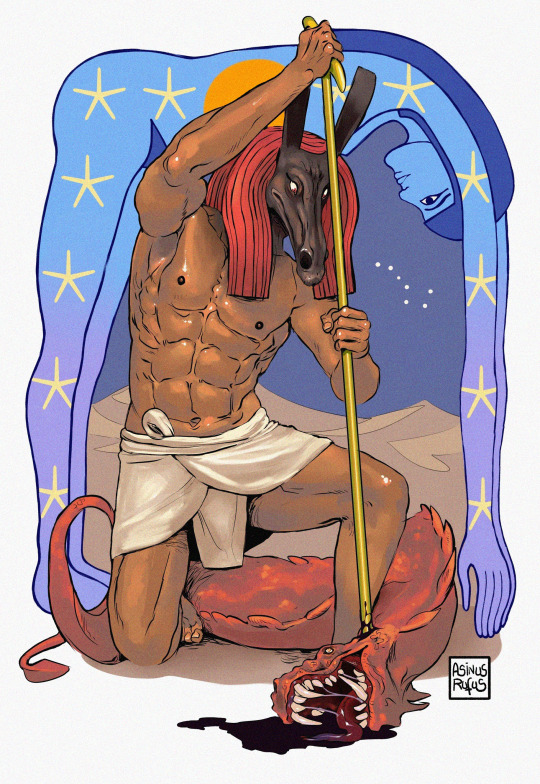
| The Slayer | Devotional art to my beloved Set 🌩️
#Pls dont steal#nor repost#sutekh#sēt#khaire set-typhon!#dua set!#my art#egyptian polytheism#kemetic art#set#setesh#nut#ntrw#netjer#netjeru#kemetic
818 notes
·
View notes
Text
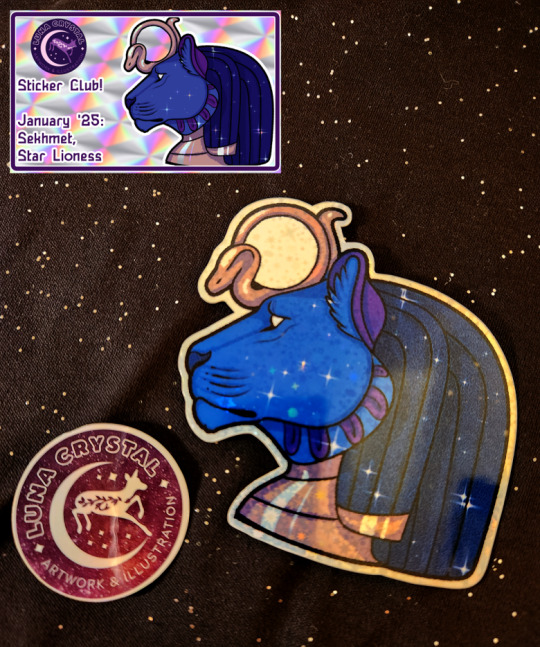
Guess who has a Sticker Club?
It me!
For the month of January we have Sekhmet, Star Lioness.
This sticker will not be printed or sold again outside of the sticker club, so if you want one, now is the month to get in.
https://ko-fi.com/lcc
30 notes
·
View notes
Text
Dua Yinepu, Khenty-Amentiu 🙏
Praise Anubis, Foremost of the Westerners
⚰️⚱️
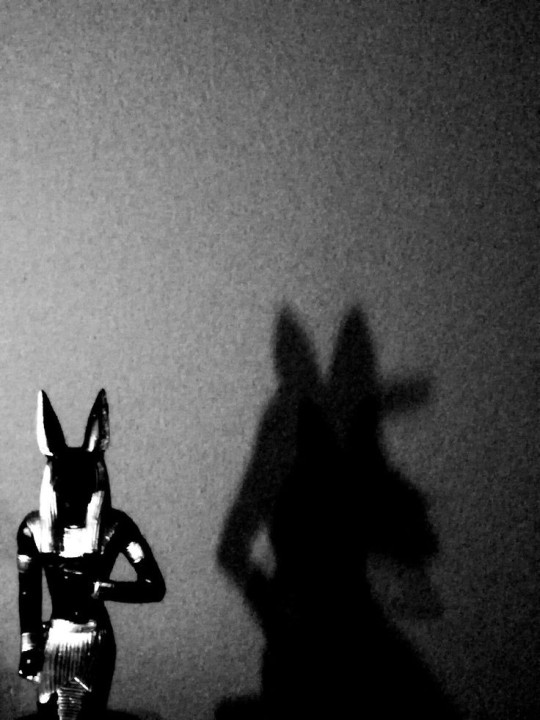
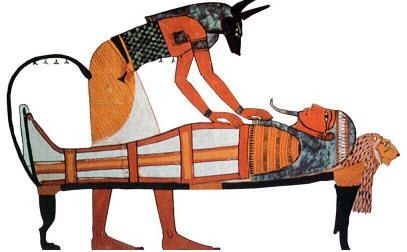


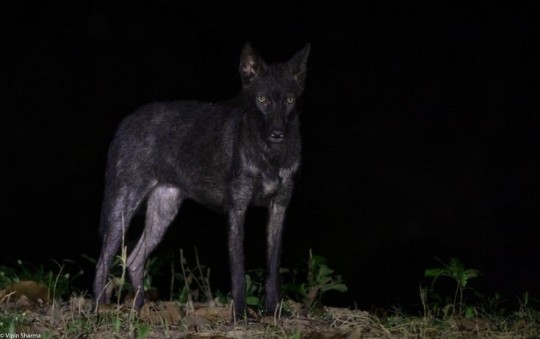

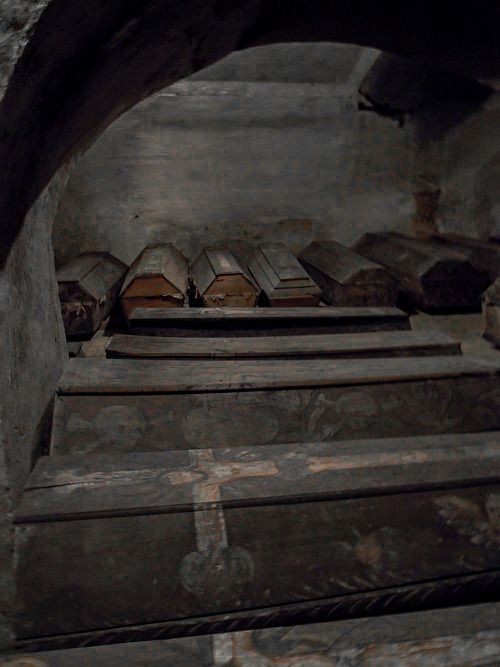
Praise He Who Is upon His Mountain
Praise The Lord of the Sacred
Praise He Who Is in the Place of Embalming
#yinepu#anpu#egypt#ennead#ancient egypt#egyptian mythology#kemet#ancient kemet#funerary#anubis#egyptian#dua#em hotep#netjeru#netjer#maat#dua netjer#deity worship#kemetic#kemeticism#kemetism#kemetic paganism#kemetic polytheism
144 notes
·
View notes
Text
New addition to the shop!
Made to order mini Sobek-Ra icon and altar set
Dua Sobek-Ra who sits amongst the reeds under the Akhu stars!


#sobek#sobek ra#netjer#netjeru#kemetic#polytheism#deity worship#paganism#kemetic fandom#witchblr#altar
30 notes
·
View notes
Text
“12th Hour”
A acrylic and gouache paint piece. A visual interpretation of the 12th hour from “The Book of Gates” where Ra is lifted into Nut’s arms by Nun.

#artwork#painting#acrylic paint#gouache paint#ancient egypt#mythology#egyptian mythology#Netjer#book of gates#egyptian gods#sky gods#primordial sea#art
8 notes
·
View notes
Text
Neith
𓈖𓏏𓋌𓁐 𓈖𓏏𓋋 𓈖𓏏𓌖 𓋋 𓈖𓏏𓋋𓆎 𓈖𓏏𓋌 𓈖𓏏𓋋𓆗
𓋌 𓈖𓏏𓋋𓁐 𓏏𓏏𓋌
Meaning of her name
Her name possibly means:
"She belonging to Lower Egypt"
"terror", "fear", "terrible one"
Epithets
The father of fathers, mother of mothers
Enduring of love
The divine mother who protects Horus
Lady of the West
Neith who shines from the Akhet
Chief of the Nine Bows
Mighty of rage
Foremost of Per-netjer
Areas of worship
Esna. Ḥwt-Nt, or known as the Temple of Neith. Her and Khnum's temples were called Ḥwt-B3w , or the Temple of the Souls.
Temple of Neith at Satis
Offerings
Bow and arrows
Lapis lazuli
Turquoise
Jasper
Meat
Bread
Beer
Honey
Wine
Water
Spider web iconography
Knitting tools, yarn, fabrics
A loom
Information
Neith had emerged from the primordial waters, turning into a cow and then a *lates* fish. From there she brought thirty gods out of the primordial waters and raised the “High Mound” for her and her children. She possesses the power to control everything within the cosmos through thought, speech and names. She’s associated with weaving, with weaving being a symbol of the cosmic order and her divine wisdom. Her association with weaving, led her to being associated with making the bandages for the dead, but she herself had created the Duat for the deceased to pass through. She would enliven the dead and protect them during the passage through the underworld with her bow and arrows, which was a trademark symbol for the Great Goddess. Her symbol of the bow and arrows made her a goddess of hunting, later becoming war, and protector of her son, Re. She is the patroness of victorious weapons and would protect both the dead and alive from enemies or those who sought to harm the King and his heirs. Even when those she protected were harmed, you could seek her for her ability to heal.

Bibliography and more notes posted here
Image from:
#neith#kemetic#information on egyptian gods#kemetic paganism#kemetism#ancient egypt#ancient kemet#egyptian mythology#pagan#paganism#deity work#deity worship#goddess neith#egyptian gods#egyptian goddess#deities#ancient religion#netjeru#netjer#kemetic pagan#kemetic gods#pagan gods#pagan goddesses#mother goddess#protection goddess#war goddess#creation goddess#creation myth#fertility goddess#death goddess
21 notes
·
View notes
Text
30 days of devotion ~ Nephthys💀🌙🐍🍄🟫
Day 1 General info
Nephthys or Nebet- hut, Nebet-het, or Nbt-hyt depending on translation, Nephthys is her Greek epithet, is an Egyptian goddess(netjer). She is the granddaughter of Shunand Tefnut. Nephthys is the daughter of Geb and Nut and sister of Osiris, Nephthys, Set, and Horus the Elder, sometimes Anubis.. She may be married to Set and is the mother of Anubis and Anput. In Nubia Anubis was her consort and in some myths is was Horus. Nephthys is the aunt and nurse of Horus the younger. She was born in Het-Seshesh
Nebet-hut is a title translated as “lady of the house/temple”. The “house/temple” refers to the part of the sky where Horus (the elder?) lives. She assists her sister Isis, whom she’s almost always paired with and brother Osiris in the underworld and helped Isis put Osiris back together.
Nephthys isn’t always depicted in a positive light, she apparently SAd Osiris in some myths. She got him drunk and/or pretended to be Isis. According to Plutarch this is the inciting to Osiris’ murder. Early references don’t appear to depict this and it appears they were only together in Set’s protective role. After tricking (?) Osiris she conceived Anubis. Or Set was his father. Nephthys left baby Anubis in a swamp and he was raised by Isis.
Nephthys is associated with borders, magic, night, mourning, protection, endings, hidden things, air, lower Egypt, service, beer, childbirth, health, embalming, the dead. Professional mourners

30 days of devotion isn’t my idea.
Sources
Durdin-Robertson, Lawrence. Communing with the Goddess Initiation and Mysteries. (Found on Scribd, first published in 1976)
Wikipedia
#30 days of devotion#nephthys#nebet-het#nebet het#devotional#pagan#goddess#night#Nebet-hut#nbt-hyt#netjer#Egyptian mythology#ancient Egypt
9 notes
·
View notes
Text
The Philosophy of Kemetic Orthodoxy
Kemetic Orthodoxy is a modern religious movement that revives the ancient Egyptian religious practices, also known as Kemetism. Rooted in the religious traditions of ancient Egypt, Kemetic Orthodoxy emphasizes the worship of the Egyptian gods, a deep connection with ancestors, and the pursuit of Ma’at, the concept of balance, truth, and cosmic order.
Key Principles of Kemetic Orthodoxy
Ma’at (Cosmic Order, Truth, and Balance):
The central philosophical concept in Kemetic Orthodoxy is Ma’at, which represents the natural order of the universe, encompassing justice, harmony, balance, truth, and morality.
Followers strive to live in accordance with Ma’at by fostering balance in their relationships, communities, and with nature. It also involves resisting Isfet, or chaos, which is the opposite of Ma’at.
Polytheism and the Egyptian Gods:
Kemetic Orthodoxy recognizes the pantheon of ancient Egyptian deities, such as Ra, Isis, Osiris, Hathor, Anubis, and others. These gods represent various aspects of the cosmos and human life, and each deity has a specific role and domain.
Worship involves rituals, offerings, prayers, and meditation to honor the gods and cultivate a relationship with them. Temples and priests historically played a major role, but in modern practice, rituals may be conducted individually or in community.
Divine Kingship:
Ancient Egypt viewed the Pharaoh as both a political and spiritual leader, a living incarnation of the god Horus on Earth, and an intermediary between the gods and humanity. While there is no modern equivalent to the Pharaoh in Kemetic Orthodoxy, the idea of divine leadership and service to the community is still respected.
Modern adherents honor leaders who preserve the teachings of the gods and maintain the connection between the divine and earthly realms.
Ancestor Veneration:
A strong emphasis is placed on ancestor worship, where practitioners pay homage to deceased relatives and historical figures. Ancestors are believed to offer guidance, protection, and support in the spiritual journey.
Ancestor veneration ties into the broader concept of heka (magic), which involves the use of spiritual power and knowledge to invoke the presence of the gods or ancestors for assistance.
Heka (Magic or Divine Speech):
Heka is the ancient Egyptian concept of magic or divine speech, through which the spoken word is believed to have the power to influence the world and align the practitioner with Ma’at.
This practice includes the recitation of hymns, prayers, and sacred texts, which are considered powerful tools to maintain order and harmony in the world.
Netjer (Divine Force):
The word Netjer represents the concept of divinity in Kemetic Orthodoxy. It can refer to both the universal divine force and individual deities within the pantheon.
Netjer is seen as manifesting in various gods and goddesses, who represent different aspects of creation, life, and death, and are integral to maintaining the balance of Ma’at.
Personal Piety and Community Worship:
Kemetic Orthodoxy emphasizes personal piety as well as participation in communal religious activities. Personal piety includes maintaining shrines, offering daily prayers, and engaging in meditation to connect with the gods and ancestors.
The community aspect is reflected in festivals and rituals that celebrate significant dates in the Egyptian calendar, such as the Opet Festival, honoring deities like Amun, and the Wep Ronpet (Egyptian New Year), marking the rebirth of the world.
The Concept of the Ka and Ba (Soul Components):
The ancient Egyptians believed in a multi-faceted soul, including the Ka (spiritual essence or vital energy) and Ba (personality or spirit). The Ka represents a person's life force, while the Ba is the unique spiritual essence that survives after death.
Practitioners of Kemetic Orthodoxy work to maintain the health and balance of these aspects of the soul in life and the afterlife.
Ethical and Spiritual Development:
Living according to the values of Ma’at means cultivating virtues such as justice, truthfulness, respect, humility, and generosity. Spiritual development is seen as a journey toward greater harmony with the cosmic order and deeper connection with the gods and ancestors.
Daily life is imbued with spiritual meaning, and each action is a reflection of one's commitment to maintaining Ma’at in the world.
Kemetic Orthodoxy offers a contemporary practice rooted in the ancient Egyptian worldview, where the divine, the natural world, and human life are interconnected through the principle of Ma’at. By honoring the gods, ancestors, and cosmic order, followers of Kemetic Orthodoxy strive to live balanced, just, and spiritually meaningful lives, with a strong sense of responsibility to maintain harmony and resist chaos.
#philosophy#epistemology#knowledge#learning#education#chatgpt#ontology#metaphysics#Kemetic Orthodoxy#Ma’at#Ancient Egyptian Religion#Polytheism#Ancestor Veneration#Heka (Magic)#Netjer#Spiritual Balance#Egyptian Gods#Pharaoh
8 notes
·
View notes
Text
A New Moon Hymn for Min
"Adoring Min, praising Heru of the Upright Arm! Praise to You, Min, as You appear! You of tall plumes, son of Wesir, born of Aset. Great one in the Senut temple, mighty in Ipu, You of Qubt! Heru Lifting His Arm, Lord of worship Who makes power silent. King of the Gods, rich in perfume, coming from Medjay-land."
8 notes
·
View notes
Text

Ptah, the Cosmocrator / Memphite Triad (WiP)
#pls don not steal nor repost#personal art#own art#kemetic icons#devotional art#devotional icons#ptah#sekhmet#nefertum#apis bull#primeval mound#memphis triad#memphite theology#egyptian polytheism#kemetic art#kemeticism#WiP#netjeru#netjer
83 notes
·
View notes
Text

Ó Nefertum que é Belo, eu louvo a Você neste dia.
#nefertum#nefertem#kemetic#kemetism#kemetismo#art#ancient kemet#egypt#egito#perfume#lotus#netjer#neteru
11 notes
·
View notes
Text
Dua Heru-sa-Aset 🙏
Praise Horus, Son of Aset






Praise Horus in the Horizon
Praise the Divine Falcon
Praise He Whose form and Whose appearance are not perceived
#heru#horus#son of isis#harpocrates#ancient kemet#kemet#egypt#Egyptian#ancient egypt#em hotep#dua#aset#son of aset#deity worship#osiris#son of osiris#eye of horus#netjer#netjeru#dua netjer#kemeticism#kemetic paganism#kemetism#kemetic#kemetic polytheism
142 notes
·
View notes
Text

Dua Sobek-Ra!
Acrylic and pen on wood
Created by yours truly
#sobek ra#kemetic polytheism#art#painting#deity worship#netjer#netjeru#kemetic orthodoxy#god of the year#polytheism#kemetic fandom#my art
22 notes
·
View notes

